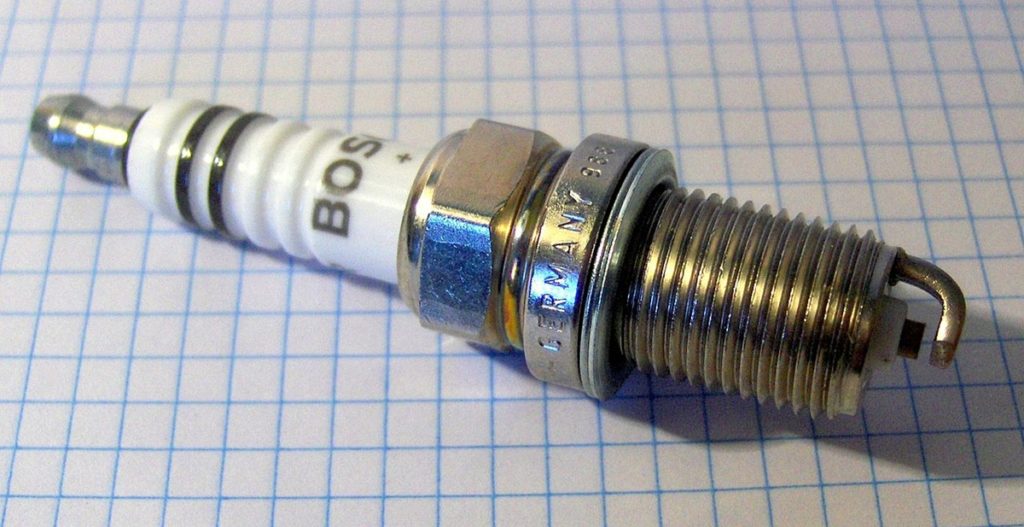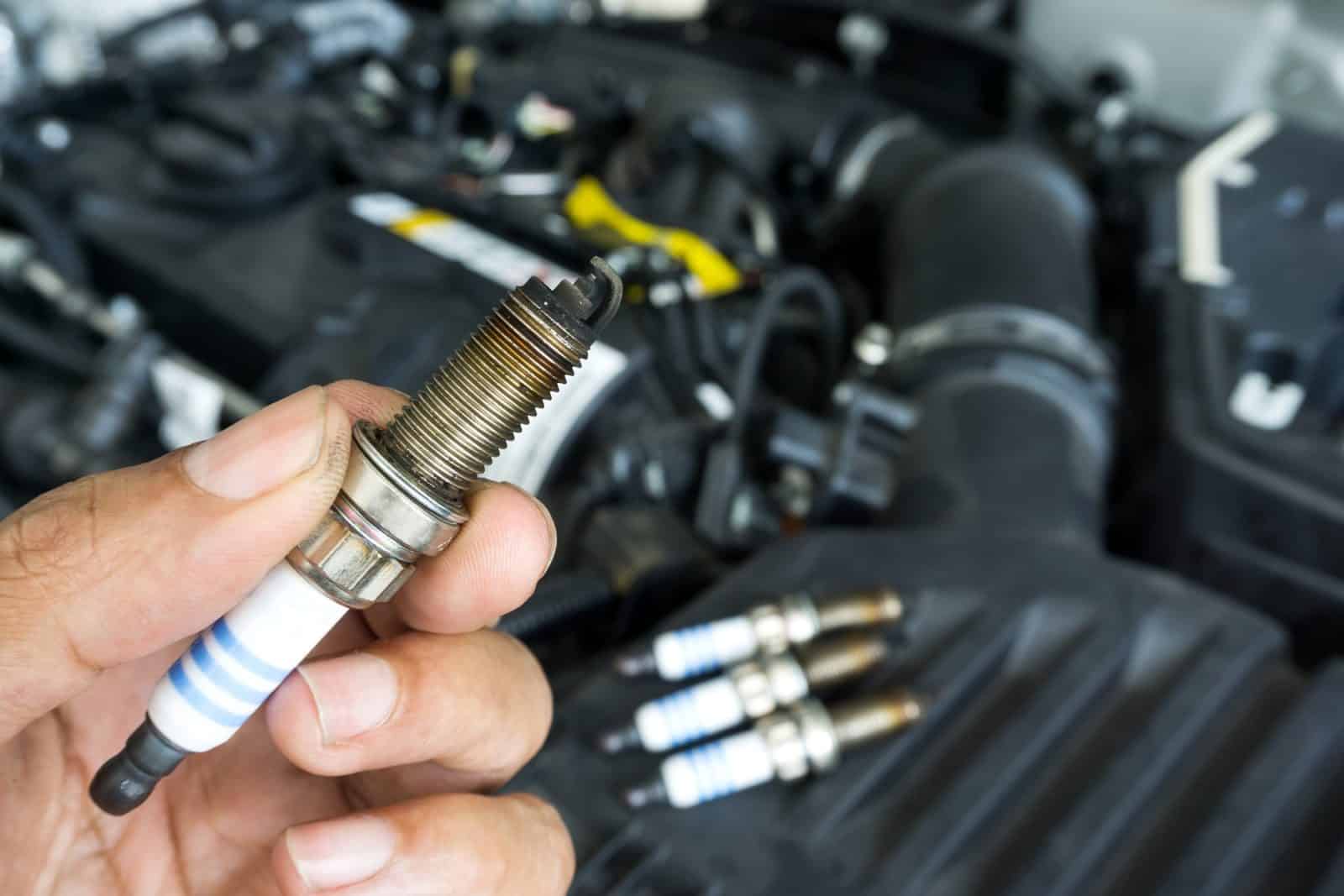Your car’s engine relies on a well-functioning ignition system to run smoothly, and at the heart of this system are spark plugs. Spark plugs play a crucial role in igniting the air-fuel mixture inside the engine’s cylinders, creating the power needed to propel your vehicle. But what happens when your spark plugs start to fail? How long can you drive with bad spark plugs before it becomes a major issue?
In this article, we will delve into the world of spark plugs, exploring the signs of bad spark plugs, the potential consequences of driving with them, and the importance of regular maintenance. Whether you’re a seasoned driver or a newcomer to the world of automotive maintenance, understanding the longevity of bad spark plugs is essential for the health and longevity of your vehicle.
Key Takeaways
Before we dive deeper into the topic, let’s highlight some key takeaways:
- Bad Spark Plugs Can Affect Engine Performance: Ignoring bad spark plugs can lead to reduced fuel efficiency, poor acceleration, and a rough-running engine.
- Longevity Depends on Severity: The duration you can drive with bad spark plugs depends on the extent of the damage and your driving conditions.
- Ignoring the Issue Can Be Costly: Procrastinating spark plug replacement can lead to more significant engine problems and higher repair costs.
- Regular Maintenance is Essential: To avoid spark plug issues, adhere to your car manufacturer’s maintenance schedule and consult a professional if you suspect problems.

Signs of Bad Spark Plugs
Before delving into how long you can drive with bad spark plugs, it’s crucial to recognize the signs that your spark plugs may be failing. Identifying these symptoms early can save you from more extensive engine damage and costly repairs:
- Reduced Fuel Efficiency: One of the first indicators of bad spark plugs is a decrease in fuel efficiency. When spark plugs don’t ignite the air-fuel mixture efficiently, your engine burns more fuel than necessary. This not only costs you more money at the gas pump but also contributes to increased emissions, harming the environment.
- Poor Acceleration: If your vehicle struggles to accelerate smoothly or feels sluggish when you press the gas pedal, it could be due to bad spark plugs. When spark plugs misfire or fail to ignite the fuel mixture consistently, it leads to a loss of power and acceleration.
- Rough Engine Idle: A rough or unstable engine idle is another common symptom of bad spark plugs. You may notice your engine sputtering or vibrating when at a standstill, which can be both annoying and indicative of a spark plug issue.
- Misfires: Engine misfires occur when the air-fuel mixture in one or more cylinders fails to ignite correctly. These misfires can lead to a noticeable loss of power, a jerky driving experience, and, in severe cases, can trigger the check engine light on your dashboard.
- Difficulty Starting: Faulty spark plugs can make it more challenging to start your vehicle. If you find yourself needing to crank the engine multiple times before it fires up, it’s a sign that your spark plugs may not be functioning correctly.
- Increased Emissions: Bad spark plugs can contribute to higher emissions from your vehicle. If your car fails an emissions test, it could be due to incomplete combustion caused by spark plug issues.

How Long Can You Drive with Bad Spark Plugs?
Now that you’re aware of the signs of bad spark plugs, it’s essential to understand how long you can drive with them before it becomes a more severe problem:
- Minor Issues: If you catch spark plug problems early when the damage is minor, you may be able to drive for a short period without immediate consequences. However, this doesn’t mean you should procrastinate on replacing them. Continuing to drive with bad spark plugs, even if the issues seem minor, can lead to more significant problems down the road.
- Severity Matters: The duration you can drive with bad spark plugs depends on the severity of the issue. Minor misfires may not pose an immediate threat, but severe misfires or multiple cylinders affected can result in significant engine damage. It’s essential to address spark plug problems promptly to prevent costly repairs.
- Driving Conditions: Your driving conditions play a significant role in how long you can safely drive with bad spark plugs. If you primarily use your vehicle for short trips at low speeds, you might have some leeway. However, if you frequently drive at high speeds, tow heavy loads, or operate in extreme temperatures, bad spark plugs can cause more immediate problems.
- Risk of Further Damage: Ignoring bad spark plugs can lead to more extensive engine damage, including damage to the catalytic converter and other components of the ignition system. The longer you delay replacement, the higher the risk of costly repairs.
Conclusion
In conclusion, driving with bad spark plugs is not advisable, even if you think you can push it a bit longer. Ignoring the signs of bad spark plugs can lead to reduced fuel efficiency, poor acceleration, rough engine idle, and increased emissions. Moreover, the duration you can drive with bad spark plugs depends on the severity of the issue and your driving conditions.
To ensure the health and longevity of your vehicle’s engine, it’s crucial to adhere to your car manufacturer’s recommended maintenance schedule, which includes regular spark plug replacement. If you suspect that your spark plugs are in poor condition or are experiencing any of the mentioned symptoms, consult a professional mechanic.
Addressing spark plug issues promptly can save you money, reduce emissions, and keep your car running smoothly. Remember, neglecting this essential maintenance item can lead to more significant problems and higher repair costs in the future.


















